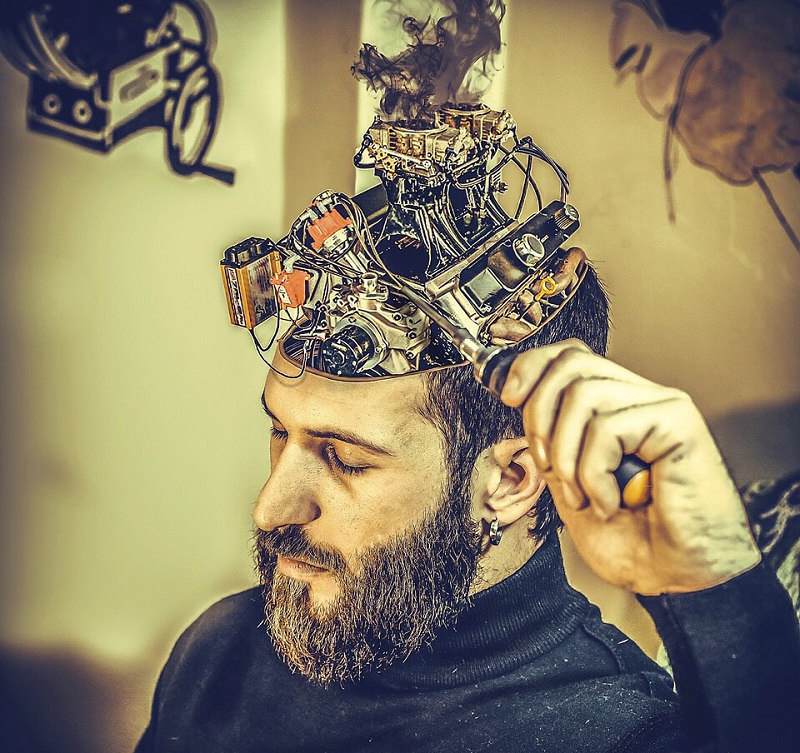Improving movement in spinal palsy by cortical stimulation/first success in humans
Neurosafari The spinal cord is very sensitive to injuries, but in case of injury, unlike other body parts, it does not have the ability to repair itself. Damage to this area occurs due to physical trauma, loss of normal blood supply, physical pressure from tumors, or infection. The main goal of rehabilitation strategies in people with spinal cord injury is to strengthen the transmission of information in healthy neural networks. Although neuromodulation methods, as one of these solutions, have the ability to target various areas of the central nervous system to restore motor skills after injury, the role of the target areas in the cerebral cortex has not been properly studied.
According to the report of Neurosafari, quoted from the website of Dashgah Miami, researchers at the University of Miami have used non-invasive brain stimulation in an experiment on patients with spinal cord injury to increase the skill of hand movements in people with spinal cord injury. The research team said in a statement that this experiment provides new evidence that regions in the frontal lobe cortex of the brain could be a new therapeutic target area for improving motor function in people paralyzed by spinal cord injury. The results of this research have been published in the scientific journal Brain.
Previous research has shown that in movement disorders, neuromodulation methods exert their effect on the structure of the brain, cranial nerves, spinal cord, and peripheral nerves through the interaction of electrical or chemical inputs with special neural circuits. Epidural electrical stimulation of the spinal cord is usually used to reduce various disorders of the motor system in patients with spinal cord injury. It is hypothesized that neural stimulation may lead to the creation of new neural pathways or reawaken existing pathways between the brain and organs.
Methods. The present study provides the first evidence that cortical stimulation can be a new therapeutic target area for improving motor function after spinal cord injury. In this research, the non-invasive method of magnetic stimulation (TMS) was used on the primary motor cortex. This area is one of the main areas of the brain that is involved in motor activities, and cortico-spinal motor neurons are located here.
The results of this research show that the excitability of cortical-spinal nerve fibers of the inner muscles of the finger in people with spinal cord injury and healthy people increased after delayed (I)-wave and not in the control protocol, 30 to 60 minutes after stimulation. Findings show that people with spinal cord injury are able to exert more force and electromyographic activity with finger muscles after stimulation, which indicates an increase in the ability to grasp small objects with their hands. The lab states that this rigorous testing will provide important information in developing strategies to improve function after spinal cord injury. Also. https://goo.gl/RQDR16 Join the Neurosafari brain and neuroscience Telegram channel:
https://telegram.me/joinchat/CihxzDwTa19DOIUZRYLVjw
This post is written by neurosafari
